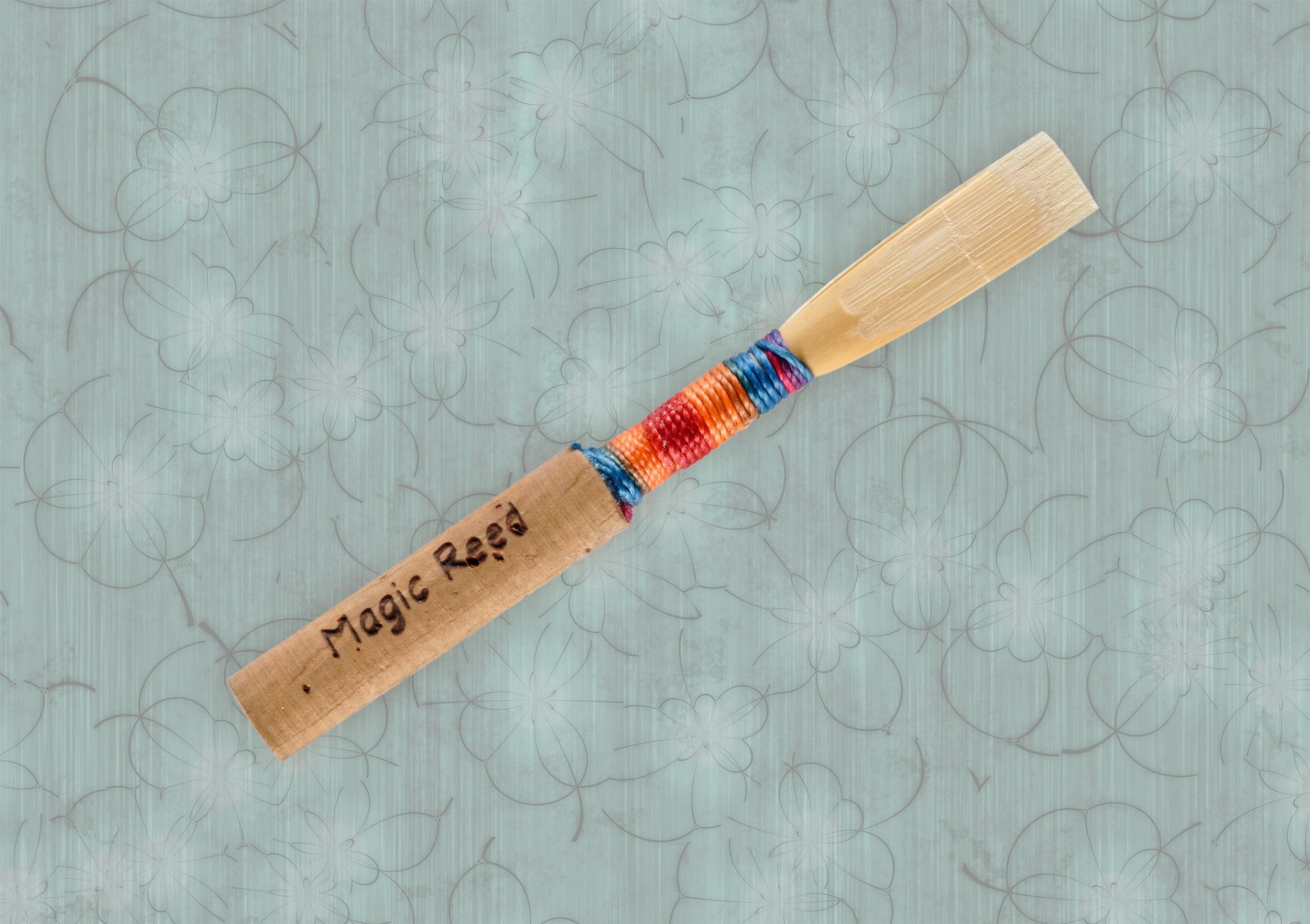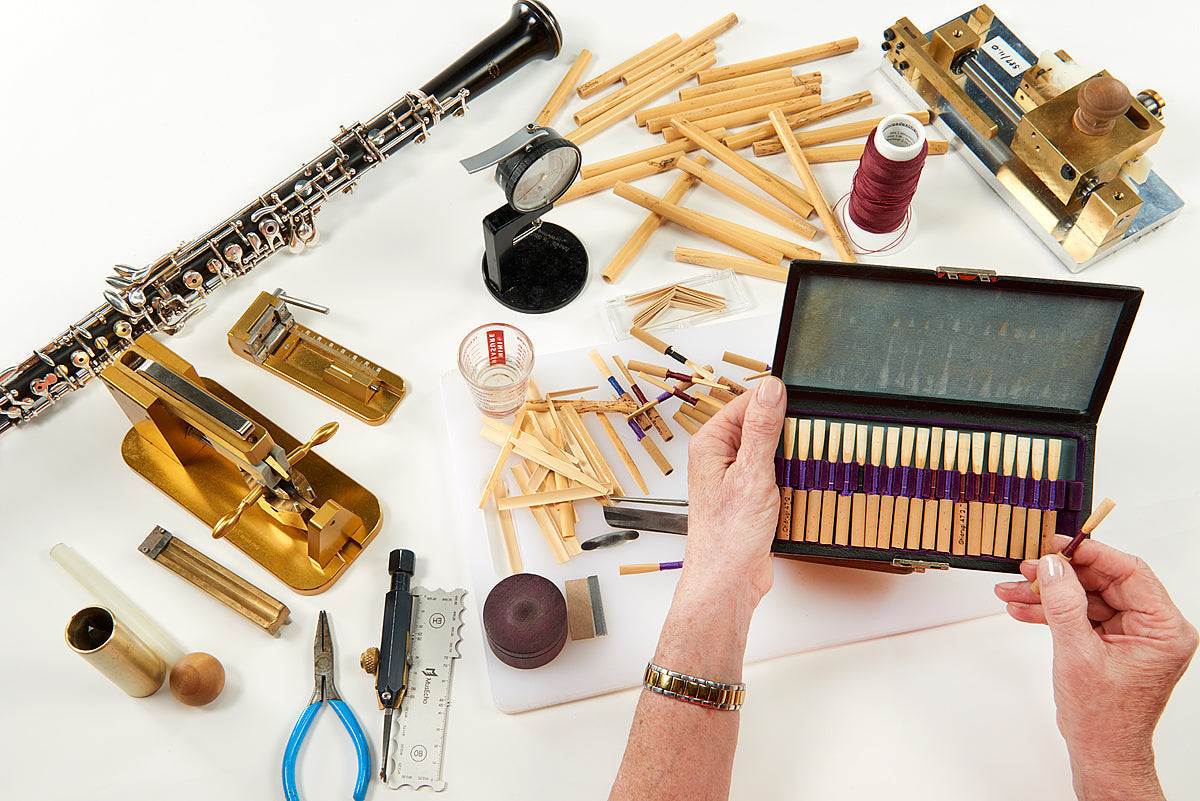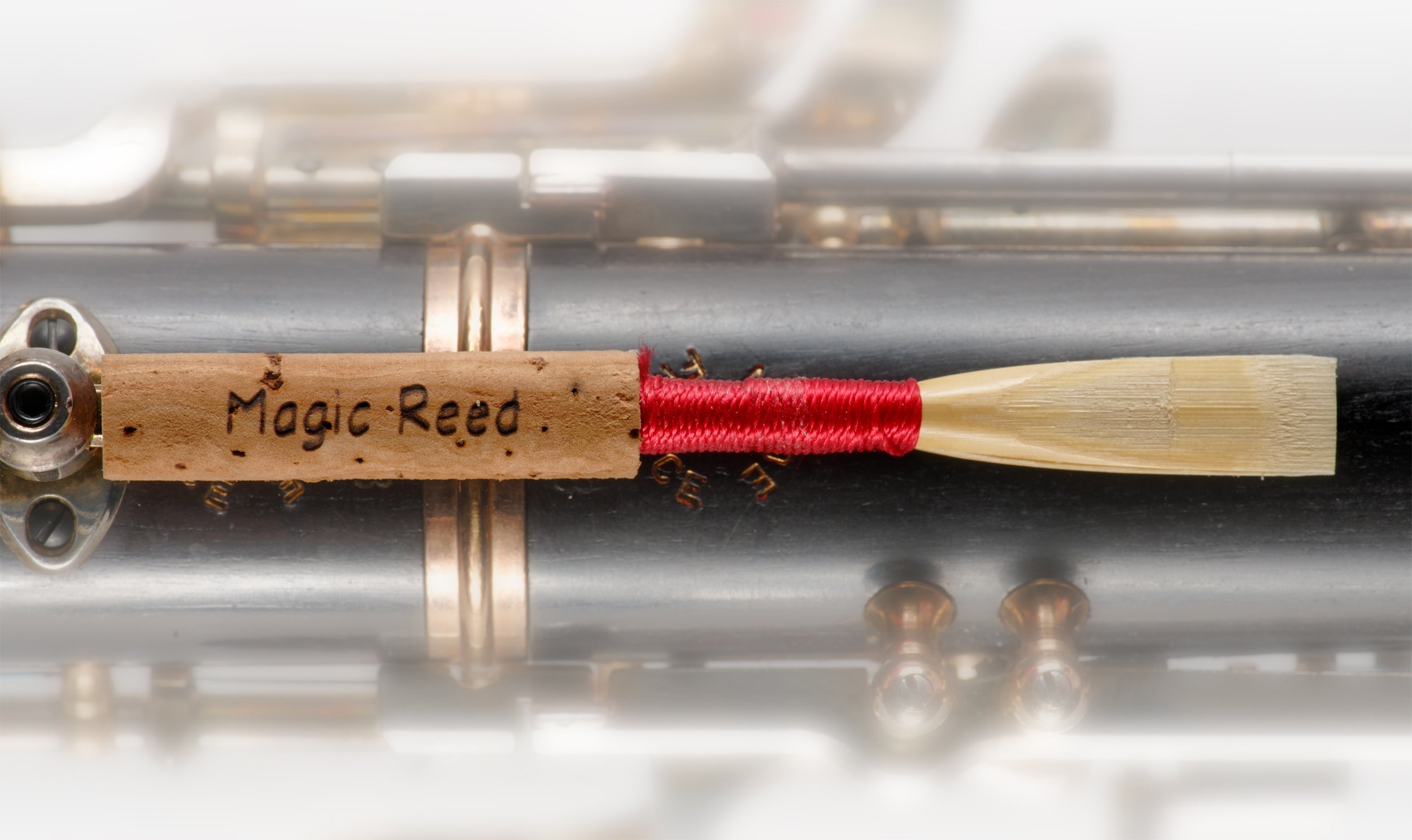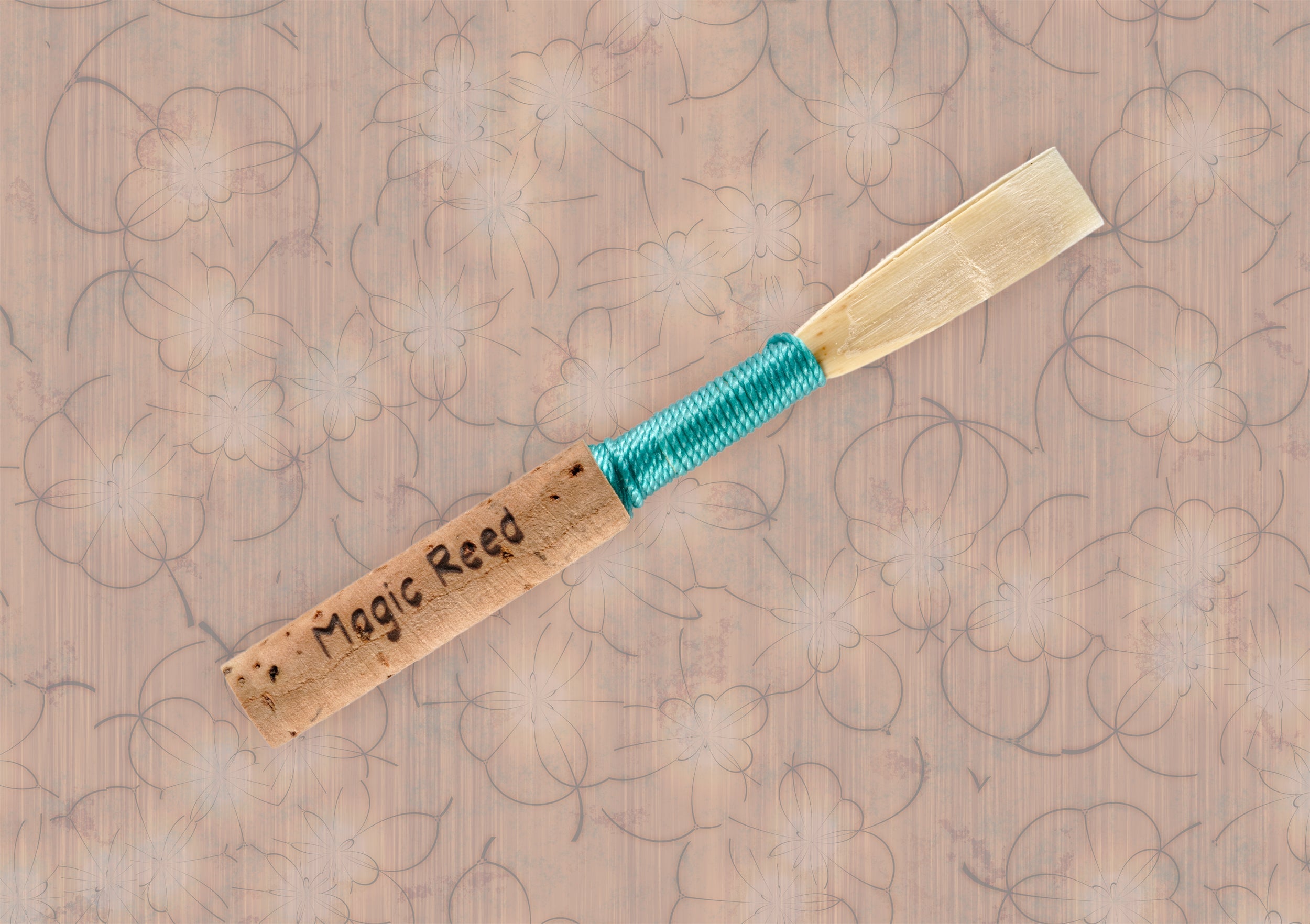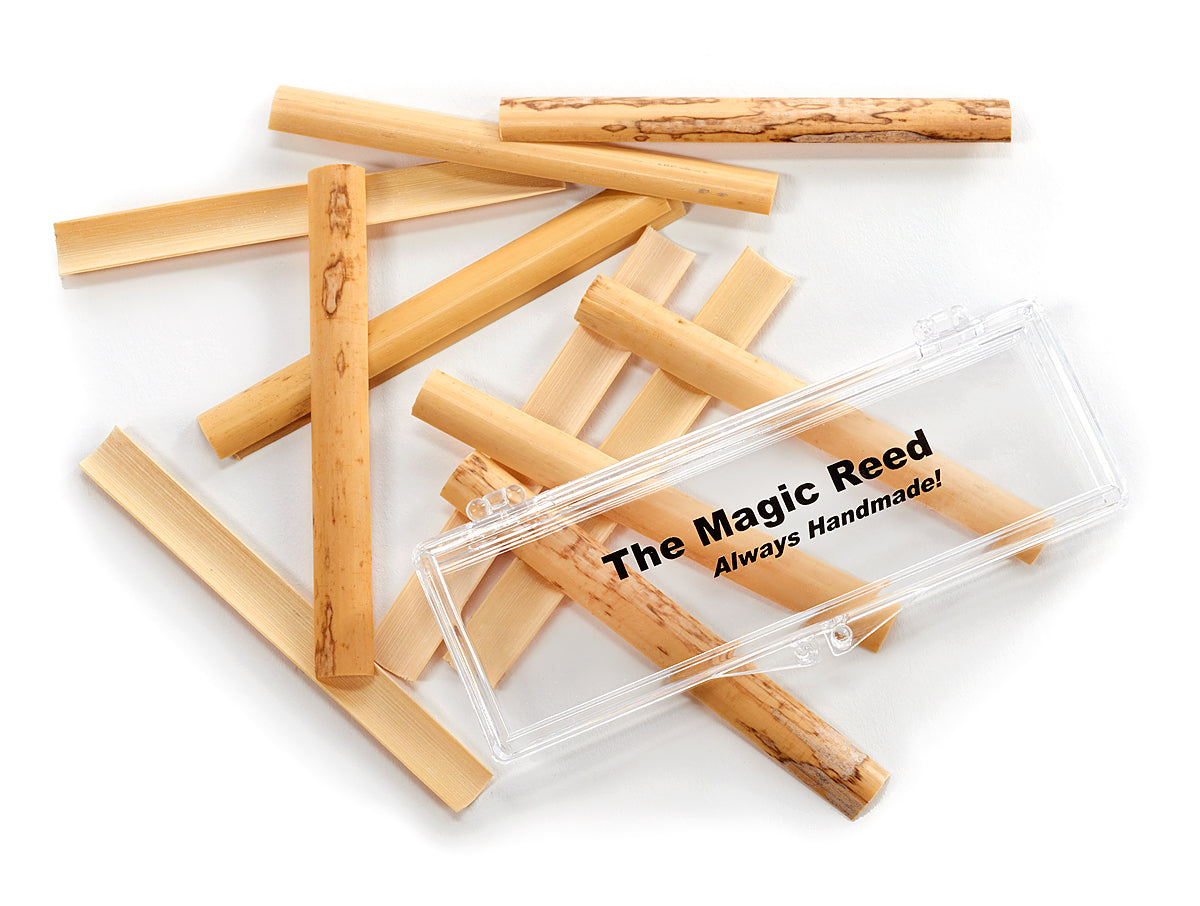
How To Gouge Oboe Cane For Best Outcomes
-

-
 by Kathy Sheinhouse
by Kathy Sheinhouse
How To Gouge Oboe Cane
Techniques Of Oboe Cane Gouging:
This post offers thoughts and techniques on how to gouge oboe cane for best oboe reed outcomes. This post applies to users of traditional single radius gougers. I will assume you started with oboe tube cane, and completed processing to the pre-gouged level.
1) About Soaking. The length of time one soaks cane in preparation for gouging is dependent on many factors. Some gougers (Innoledy, Kunibert) are designed to gouge dry, so this section does not apply to players with this set-up. The temperature of the water influences the speed at which the cane absorbs water.
- Somewhat higher temperatures accelerate full hydration and this strategy is an acceptable time saving strategy as long as "true" hot water is not used.
- Hot water will swell the fibers too much and make accurate gouging difficult to impossible.
- Luke warm water is recommended for as long as it takes the cane to sink.
- Players will find that timetables for sinking are variable because the density of the cane also impacts absorption.
- Generally, higher density cane requires more soaking time than lower density cane to get to all the fibers.
- Harder cane also needs longer soaking because it has to be softened enough to avoid cracking. Density and hardness are not the same.
My goal is to plan a gouge thickness when dry, but sometimes again when soaked and ready for mount if cane thickens too much. As I have written, soaking expands and soften the fibers. Having an eye on both will reduce irregularities in the final gouge, because most people have a fixed gouge applied to a floating thickness of fully soaked cane. Cane will shrink when dried, and not always how you think. Both gouge and diameter will change. This is something to think about when gouging a lot of cane at once.
For me, cane should be placed in a bowl with the outer shell side down. Typically, when it sinks, it is ready to gouge. Don't gouge a lot of cane at once, as some slips may over soak. The longer you soak (without over soaking) the less likely you are to avoid cracking the cane. However, when you over soak the cane, you will likely end up with a thinner gouge than you expected when the cane dries, and a reed that doesn't perform to expectations. While imprecise, if you have over soaked your cane, consider a thicker gouge to compensate.
2) Gouging Mechanics
- Bed needs to be bigger than the largest diameter you work with. Every slip needs to be measured before placed in the gouger. If larger than the bed set aside. It won't work.
- For extra precision in gouging, sort the pre-gouged segments by diameter and micro adjust gouger to .025 diameter ranges. Different sizes sit in the bed differently and this effects results.
- Flared cane will effect results and often indicate twisting.
- Make sure cane is perfectly centered on bed. Deviations will effect the slope of the gouged.
- Learn how to maintain your gouger and keep the blade sharp. Seek maximum freedom in glide across the cane, and avoid pressing down as it will distort the gouge across the length of the slip. I have been told that if a light touch does not do the job, then the blade is not sharp enough.
- Some people say that cane should not be gouged on one's lap because it promotes excessive pressure. It is more the evenness of the pressure that counts to me.
- Calibrating the gouger for thinner ribbons requires more swipes, but may lead to more precision gouging in the long run.


